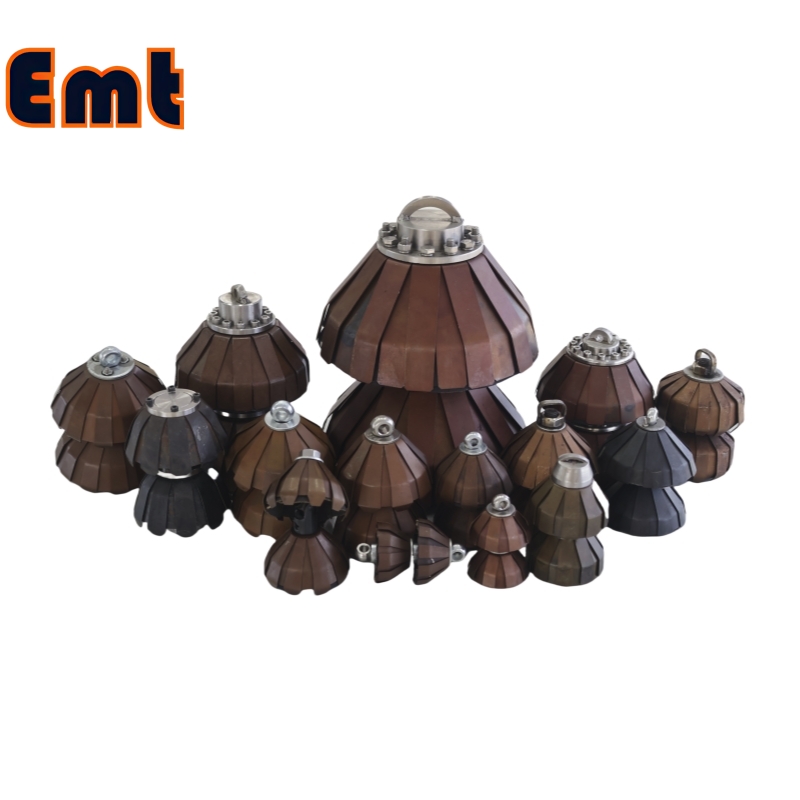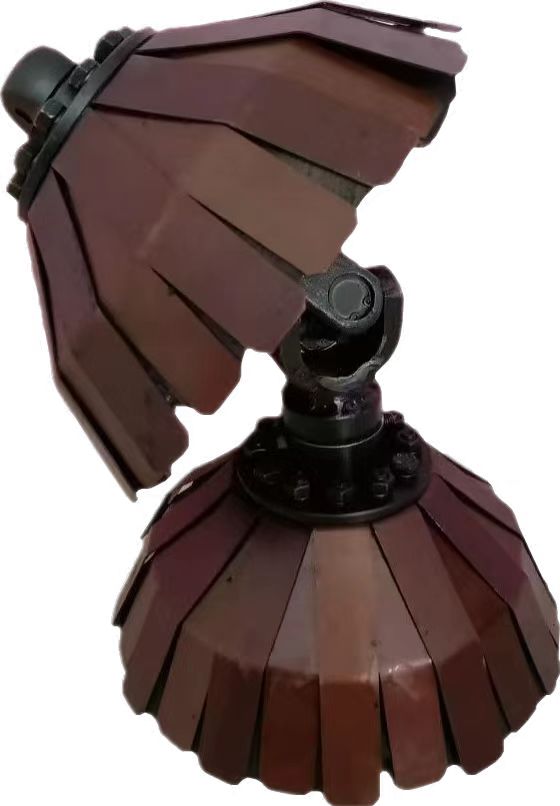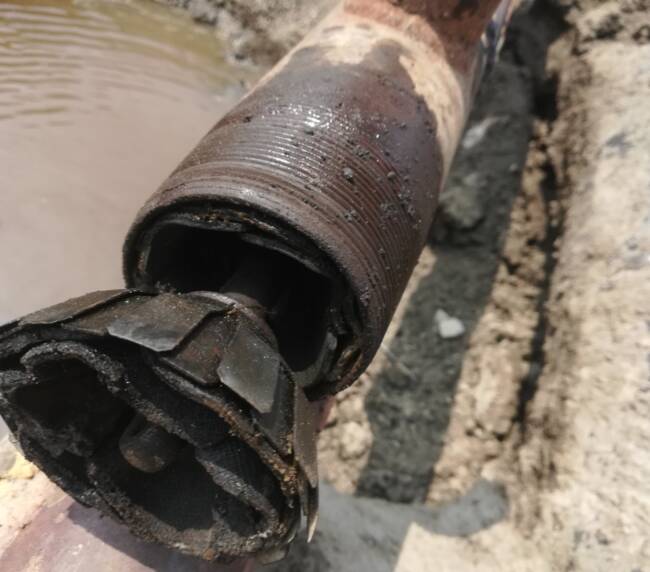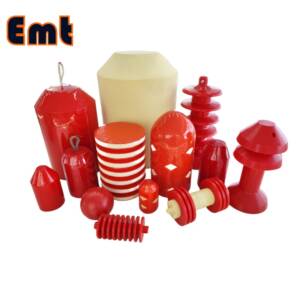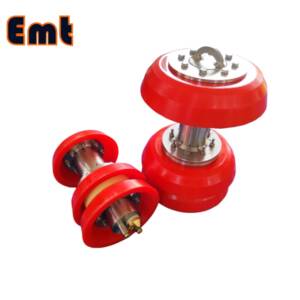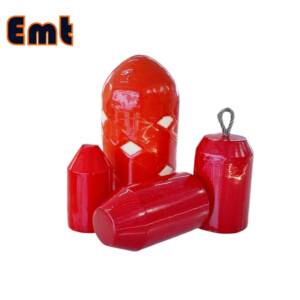Description
Introduction to Cavitation Jet Pipe Cleaning Pigs
Cavitation Jet Pipe Cleaning Pigs are specialized pipeline cleaning tools that use high-velocity water jets combined with cavitation effects to remove tough deposits, scale, and blockages from the interior of pipes. Unlike traditional pigs that rely on mechanical scraping or brushing, these pigs generate intense localized pressure from collapsing vapor bubbles (cavitation), which enhances the cleaning power of the water jets. This method is especially effective in removing hard or encrusted materials without damaging the pipe walls, making it ideal for industrial applications like oil & gas, petrochemical, and water treatment pipelines.
 Cavitation Jet Cleaning Technology
Cavitation Jet Cleaning Technology
Cavitation jet cleaning technology effectively harnesses the principles of fluid mechanics—specifically the “cavity effect”—to achieve powerful, efficient, and environmentally safe pipeline cleaning. Compared to traditional pigging systems, this advanced method offers significant advantages in performance, safety, and sustainability.
How Cavitation Jet Cleaning Works
At the core of this technology is the Cavitation Jetting Washer, which advances rapidly through the pipeline driven by a combination of running water and compressed air. As it moves, metal blades on the washer generate high-frequency vibrations and create a rapidly rotating vortex around it.
This vortex forms a moving low-pressure zone where water remains in a vaporized state. Vapor bubbles form, then collapse violently, releasing high-energy microjets. These microjets concentrate to produce shock waves that dislodge and pulverize stubborn deposits on the internal pipe walls.
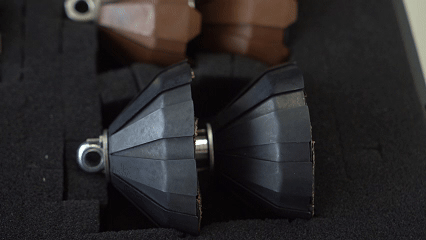 Superior Cleaning Performance
Superior Cleaning Performance
Unlike conventional gauging pigs that rely on mechanical scraping, this method uses ultra-high-pressure jets and cavitation-induced shock waves to break down and eliminate:
- Oil scale
- Chemical scale
- Water scale
- Rust deposits
- Viscous and hard scale
- Biological buildup
The result is a more thorough and energy-efficient cleaning process that reaches areas traditional pigs cannot.
Rapid Cleaning Speed
Thanks to its high efficiency, the Cavitation Jet Pig can clean 1 km of underground pipeline in about 15 minutes. In more compact systems like water jacket heating furnaces, cleaning can be completed in as little as 5 minutes. The longer the cleaning distance, the more pronounced the time-saving benefits become.
Advantages of Pipe Cleaning Pigs
Extended Cleaning Reach
Unlike conventional pigs, which may suffer from clogging due to accumulated debris, the Cavitation Jet Pig continuously flushes loosened material ahead of it. Its powerful water jets prevent blockages, allowing it to clean long stretches of pipeline uninterrupted.
High Flexibility and Adaptability
The pig’s flexible blade design allows it to deform by over 30%, enabling it to pass through narrow or curved sections such as U-shaped tubes, corrugated pipelines, and coiled tubing in water jacket furnaces. If a blockage occurs, an electronic locator can pinpoint the exact location for swift resolution.
Broad Application Range
This technology supports pipe diameters ranging from Φ40 mm to Φ1000 mm, with no limitations on pipe length or scale thickness. It is suitable for a wide variety of industrial and utility applications.
Safe and Reliable Operation
Unlike conventional high-pressure water jet systems that operate at 100–200 MPa and pose significant risks to personnel, the Cavitation Jet Pig functions safely under normal pressure conditions. This makes it a much safer option for on-site cleaning operations.
Environmentally Friendly Technology
Cavitation jet cleaning is a purely physical process. It uses no chemicals, causes no damage to the pipeline, and produces no environmental pollution—making it a truly green solution for pipeline maintenance.


